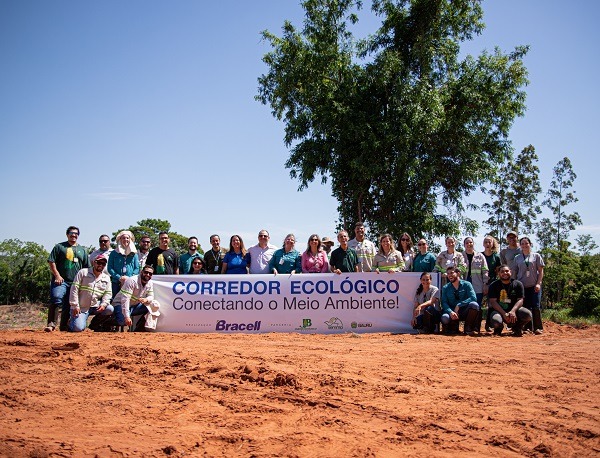A new species of plant was discovered in Lontra, the AAVC (Portuguese acronym for High Conservation Value Area, HCVA) and RPPN (Portuguese acronym for Private Natural Heritage Reserve, PNHR) owned by Bracell and located in the municipalities of Entre Rios and Itanagra. It is a species of the genus Faramea, in the Rubiaceae family, a neotropical group with approximately 90 species in Brazil.
The newly discovered species was discovered as part of the activities of the Fauna and Flora Monitoring Program for Biodiversity Conservation developed by the Institutional Relations and Sustainability department in partnership with the Federal University of Bahia (UFBA) and the Federal University of Recôncavo da Bahia (UFRB).
Through the program, Bracell monitors the biodiversity present in its areas, in order to improve its management and minimize the impact of its activities, thereby helping conserve biological diversity. Of 269 flower species already identified in Lontra, this is the fifth new discovery for science, and the submission of this finding to scholarly publications is now in progress.
According to biologist and researcher Silvio Lima, “the new species will have its name chosen as a tribute to the region of discovery, ie, the HCVA / PNHR Lontra – a fundamental forest fragment for the conservation of regional biodiversity – and will be categorized as ‘Endangered’ in accordance with criteria from the IUCN (International Union for Conservation of Nature), for two reasons. Firstly, it is a rare species only found in two locations in the PNHR Lontra, and also because the Atlantic Forest is still in a state of coverage reduction, albeit at a very low pace in Bahia.”
In the words of Meryellen Baldim, “these monitoring initiatives, based on inventory and ecological studies of the fauna and flora of the company’s areas of operation, are the first step towards conservation and the rational use of these resources.” According to her, “without the minimum knowledge about which organisms occur in these places, how many species can be found in them, as well as the level of conservation of these plants and animals, it is virtually impossible to develop any proposal for conservation and minimization of impacts relating to management activities.”




